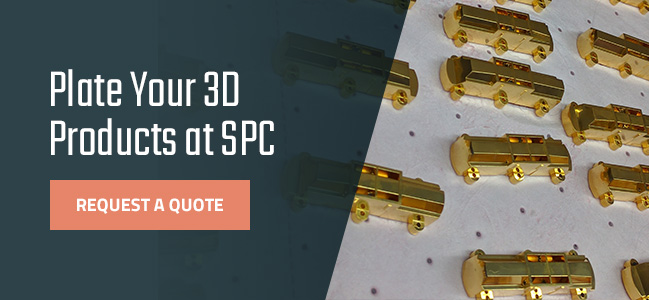3D printing can be challenging due to the need for a diverse skill set. You’ll combine creativity, math and computer-aided design (CAD) skills to create and troubleshoot issues with a 3D printer. Over time, you’ll learn the best tactics for designing a piece, selecting the right materials and identifying proper configurations. Subtle differences contribute to the quality of the finished piece, but each application is unique, so it will take trial and error.
Part of the challenge of 3D printing comes from learning software programs. Even with a strong background in CAD, you may need to spend some time learning your printer’s software. Online resources, manufacturer support and CAD courses can help improve your knowledge of 3D printing.
3D printing requires patience and problem-solving skills, but it is rewarding once you get past the learning curve. Here are a few beginner tips for mastering 3D printing:
- Level the bed: An uneven print bed impacts the quality of your print by affecting how far the nozzle is from the bed in different areas. You can manually level the bed, but you can also make the process easier with leveling sensors or built-in leveling technologies.
- Pay attention to your nozzle temperature: The nozzle needs to be at just the right temperature to print without filament strings or malformations. Mitigate temperature problems in several ways, such as creating an ooze shield to catch strings or adjusting the bed temperature. For example, if your bed temperature is too low, the bottom edges might start to contract as they cool and pull away from the build plate. By increasing the temperature, you can keep it adhered.
- Establish regular maintenance procedures: Ongoing maintenance is crucial for any piece of equipment, including your 3D printer. Keep up with maintenance tasks like cleaning the bed, lubricating the rails and calibrating the extruder. Set aside time to tighten bolts and belts and check for software and firmware updates from the manufacturer.




